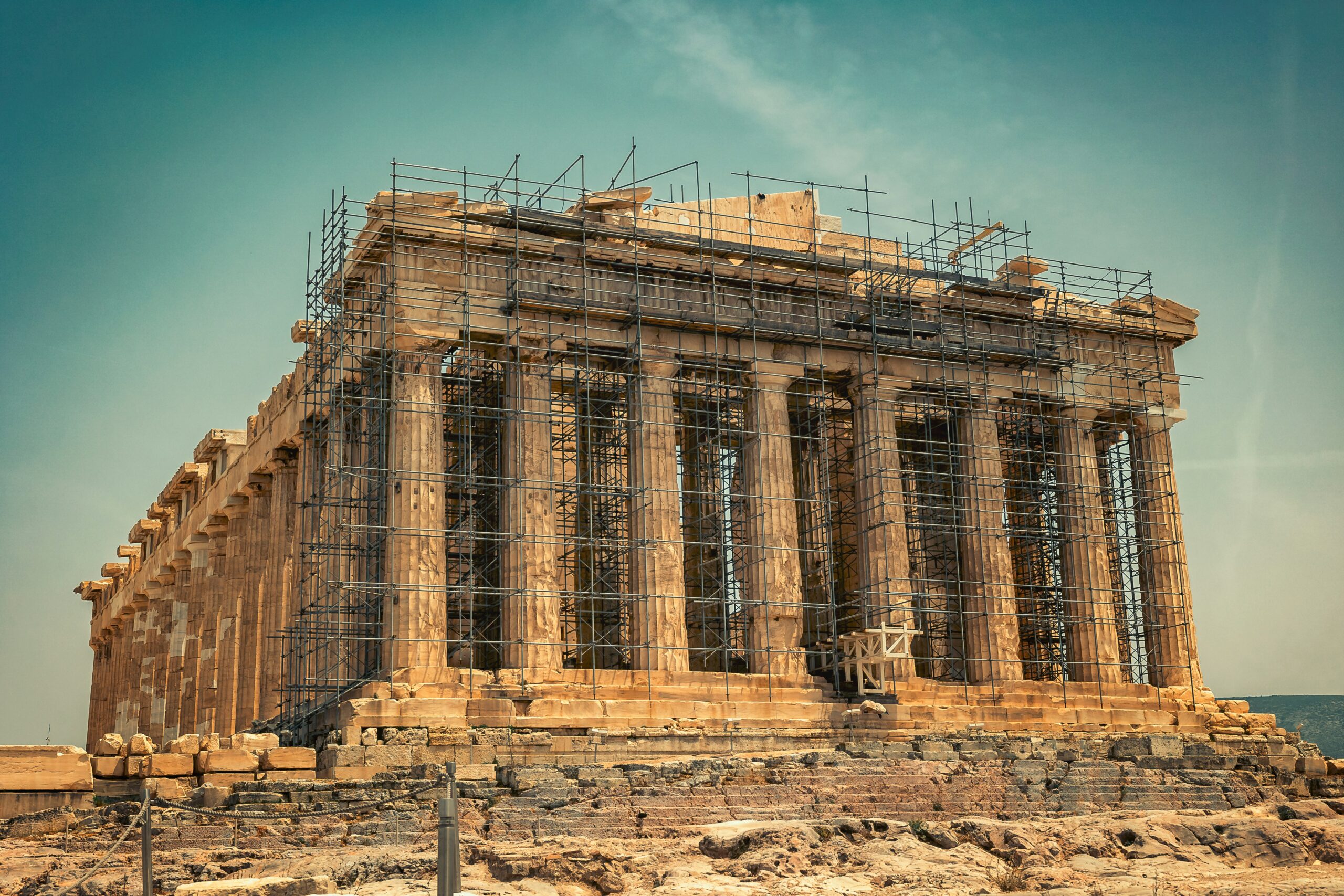
History shapes the identity of communities, and preserving historic sites connects us to our shared heritage. Among the landmarks treasured by preservationists and locals alike are Sim Corder and Harrison Mill. These historic mills serve as tangible links to the past, telling stories of industry, innovation, and community life. Current restoration efforts are working hard to maintain these sites for future generations, ensuring that their historical significance is not lost.
The process of restoring Sim Corder and Harrison Mill involves detailed planning, expert craftsmanship, and community support. Preservationists focus on maintaining authenticity while making the sites safe and accessible. These projects highlight the importance of conserving heritage sites as living reminders of history, offering educational and cultural value. Restoring such mills also promotes tourism and community pride, reinforcing the value of history in modern society.
The Historical Importance of Sim Corder and Harrison Mill
Sim Corder Mill, dating back to the 19th century, played a crucial role in local agriculture and commerce. It served as a grain mill, helping farmers process their crops efficiently. This mill was more than just a building; it was a hub of economic activity and social interaction in the community. The unique architecture and original machinery still present offer a glimpse into the industrial techniques of that era.
Similarly, Harrison Mill represents an essential chapter in the region’s development. Established to meet growing demands for lumber and grain processing, it contributed significantly to economic growth. Over the decades, it witnessed technological changes and shifts in community needs. Both mills reflect the ingenuity and resilience of past generations who relied on these structures for their livelihood. Preserving these mills keeps the stories of those times alive, educating the public about early industrial advancements.
Challenges Faced in Restoration Projects
Restoring historic mills, such as Sim Corder and Harrison Mill, presents numerous challenges. One of the primary challenges is addressing structural deterioration resulting from age, weather, and neglect. Wood rot, foundation issues, and damaged machinery all require specialized repairs. Preservation teams must carefully evaluate what parts of the mills can be saved and which need to be replaced to maintain historical accuracy.
Another challenge is balancing restoration with modern safety standards. Since these sites often attract visitors, it is essential to ensure they are safe without compromising their historic integrity. Adding features such as railings, walkways, and lighting must be done sensitively. Funding is also a constant concern. Restoration projects often rely on grants, donations, and volunteer efforts, which may limit the speed and scope of work. Despite these hurdles, progress continues steadily through dedicated teamwork and community involvement.
The Role of Community and Volunteers in Preservation
Community involvement is vital to the success of preserving Sim Corder and Harrison Mill. Residents, historical societies, and volunteers provide valuable support in many ways. From fundraising events to hands-on restoration work, the community helps bring these projects to life. Their passion for local history strengthens efforts and creates a sense of ownership and pride.
Volunteers often contribute by cleaning, painting, and performing minor repairs under the guidance of professionals. Educational programs organized around these mills encourage younger generations to learn about their heritage. Public awareness campaigns also highlight the cultural significance of preservation, inspiring ongoing support. This partnership between experts and locals ensures that restoration is not only about buildings but also about connecting people to their shared past.
Economic and Cultural Benefits of Restoring Historic Mills
The restoration of Sim Corder and Harrison Mill provides several economic advantages. These mills become focal points for tourism, attracting visitors interested in history, architecture, and cultural experiences. Tourism boosts local businesses, including restaurants, shops, and accommodations. Additionally, restored historic sites often generate jobs related to maintenance, education, and event planning.
Culturally, preserving these mills fosters a stronger community identity. They serve as venues for cultural events, workshops, and historical reenactments, making history accessible and engaging. Visitors and residents alike gain a deeper appreciation for the region’s roots. Such sites remind communities of their evolution and encourage respect for craftsmanship and innovation. By valuing the past, the community builds a more prosperous and more inclusive future.
Future Plans for Sim Corder and Harrison Mill
Looking ahead, restoration teams have ambitious plans for both mills. Beyond structural repairs, they aim to enhance visitor experiences with interpretive signage and interactive exhibits. These features will provide detailed historical context and tell the stories of people who worked and lived around the mills. Accessibility improvements are also a priority to welcome visitors of all ages and abilities.
Sustainability is another focus for future efforts. Using eco-friendly materials and techniques during restoration helps protect the environment while honoring history. Collaboration with local schools and cultural organizations will continue to expand educational outreach. Ultimately, the goal is to establish Sim Corder and Harrison Mill as vibrant community assets that preserve heritage and inspire future generations.
Restoring Sim Corder and Harrison Mill goes beyond preserving old buildings. It is about safeguarding the stories, skills, and spirit that define a community’s heritage. Through expert restoration, community involvement, and thoughtful planning, these historic mills will continue to educate and inspire future generations. The ongoing efforts ensure that future generations can connect with their past, appreciate the ingenuity of earlier times, and find pride in their local history.